
Everything we eat and much of what we are surrounded by in our daily lives have a common base from water and the production of green plants. Anything made of carbon, even if the immediate source of carbon is a petroleum-based product, has an original derivation that starts with green plants and water.
Green plants perform the miraculous process of photosynthesis that captures light energy from the sun to combine with water (H2O) taken up from the soil through the root system, carbon dioxide (CO2) from the air, forming a simple 6-carbon carbohydrate compound (C6H12O6), and liberating free oxygen (O2) into the atmosphere.
Photosynthesis involves a complex system of biochemical reactions, but the fundamental photosynthesis process can be reduced to very simple terms as outlined in Figure 1.
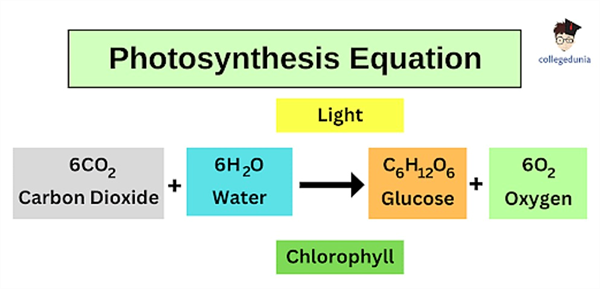
Figure 1. Basic photosynthesis reaction. (Source: Collegedunia).
Figure 2 offers a little more detail in the photosynthetic process and there is still more to the story. But the essentials are outlined in Figures 1 and 2.
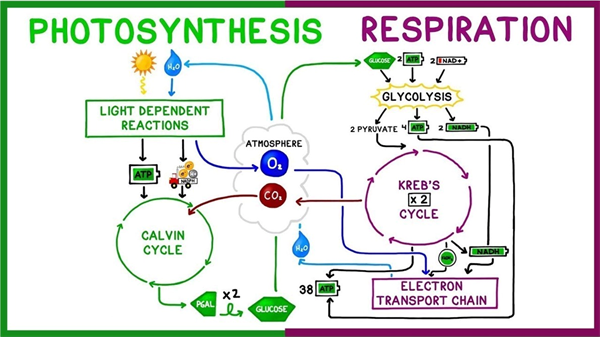
Figure 2. Connections between photosynthesis and plant respiration.
The process of taking CO2 from the atmosphere and “fixing” the carbon in a larger and more complex form as a basic carbohydrate (simple sugar compound) is referred to as “carbon fixation” and green plants provide most of this primary function in the earth terrestrial, or land-based ecosystems.
Carbon fixation is conducted by organisms containing chlorophyll and green plants do most of this work. There are also some species of algae and cyanobacteria that can fix carbon from the atmosphere. But green plants, using energy from the water and water from the soil are the real workers in our world in this regard.
Water is essential in this process of fixing carbon through photosynthesis. In fact, six units of water are required for every unit of carbohydrate that is produced (Figure 1).
Additional water is used by the plant in the transpiration process, which is the movement of water from the soil through the root system, through the conductive tissues of the plant. This provides for good cellular hydration and biological function. In the transpiration process water moves out of the plant and escapes into the atmosphere as gas through the stomates, which are small openings in the underside of plant leaves (Figure 3).
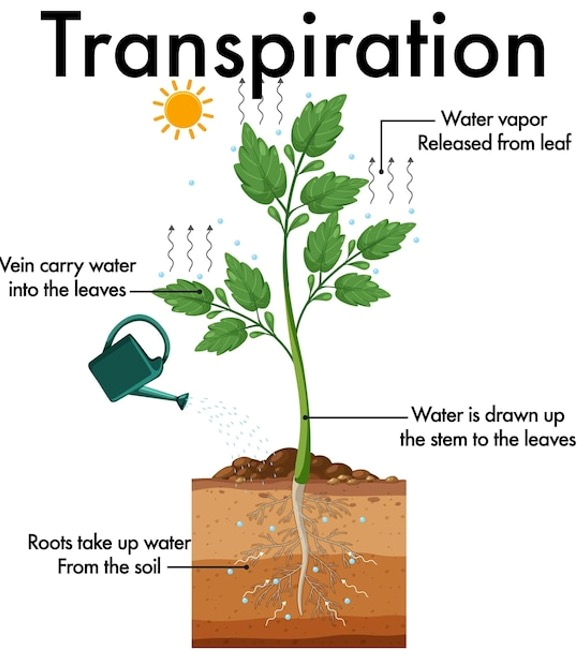
Figure 3. Plant transpiration. Source: Premium Vector
Through this process of photosynthesis, water and green plants serve as the backbone of all terrestrial life. These are fundamental facts and critical functions that we manage in crop production systems. Essentially, every field with a green crop growing is a photosynthetic factory and water is always an essential component.
Consumers directly benefit from the water used to produce the crops with all the fruits and vegetables that come from them. Healthy animals require good food, which all comes from plants, i.e., alfalfa. Everything we consume has a significant water footprint and much of that involves supporting plant photosynthesis.
The inescapable fact is that we need the plants, and the plants need water to grow and produce.
I am seeking samples of downy mildew on lettuce from around Yuma County to support the Michelmore Lab and their ongoing efforts to help characterize the downy mildew populations of the United States. The Michelmore Lab has led the charge on a survey of Bremia variants since 1980 and has been instrumental in demystifying the gene-for-gene nature of lettuce resistance to downy mildew.
Their group invites growers across the United States to submit downy mildew infected plant samples, which are then used to culture the Bremia on live host plants. The team then inoculates a panel of lettuce varieties carrying known resistance genes to determine the race of each isolate they receive. Identifying which races occur in which specific fields is essential to guiding the breeding of new resistant cultivars and maximizing the effectiveness of host-based genetic disease management. The data obtained from these tests are also used to designate new Bremia races through the International Bremia Evaluation Board.
Your contribution will help breed better lettuce for Yuma. This means less breakdown of resistance in the field, and better yields for Yuma growers. To facilitate these submissions the Yuma Plant Health Clinic will be setting up a separate drop-off point and submission sheet for downy mildew sample submissions in the same hallway we use for standard plant diagnostic submissions. The drop-off point will be clearly labelled and consist of a chest-style refrigerator and printed copies of the submission form. It is vital to keep these samples cool so they remain viable for future inoculations, so please place your samples inside of the refrigerator before you leave.
Shipping will be handled by the clinic. All we ask is that you fill out the submission form as completely as you can. An example of the questions that are asked in that form so you can prepare ahead of time can be found HERE .Interested in the latest developments in automated weeding machines? There are a couple of opportunities at the upcoming 2024 Southwest Ag Summit to stay up to date. One is the “Ag Tech: Innovations in Weed Control Technologies” breakout session where university experts and cutting-edge innovators will provide updates on the latest advances in AI, laser weeding, high precision smart spot sprayers, robotic/automated weeders and band steam (agenda below). The session will be held Thursday, February 22nd from 1:30-3:30 pm at Arizona Western College (AWC) in Yuma, AZ.
The other is the Southwest Ag Summit Field Demo on February 21st, where several of these technologies and other state-of-the-art automated weeders will be demonstrated operating in the field. The Field Demos will also be held at AWC. Breakfast will be served at 7:00 am and demonstrations begin at 8:00 am.
For more information about the Southwest Ag Summit, visit https://yumafreshveg.com/southwest-ag-summit/.
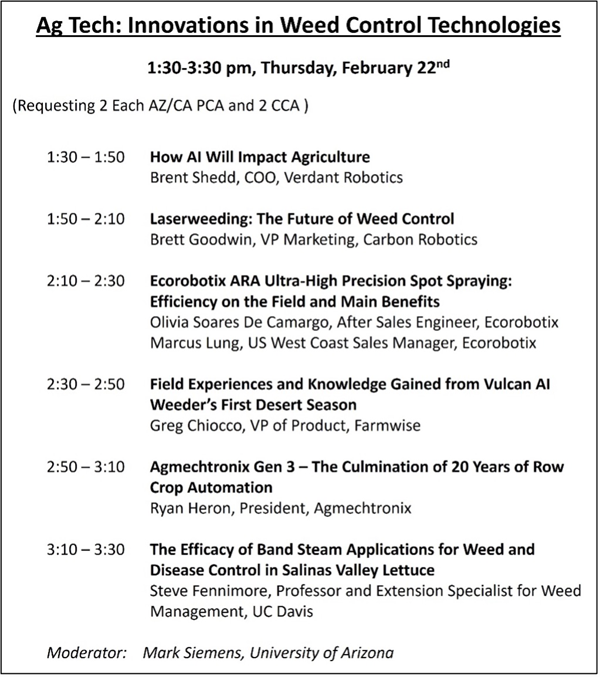
Fig. 1. Agenda for the “Ag Tech: Innovations in Weed Control Technologies”
educational session at the 2024 Southwest Ag Summit. The session will be held
Thursday, February 22nd at Arizona Western College, Yuma, AZ.
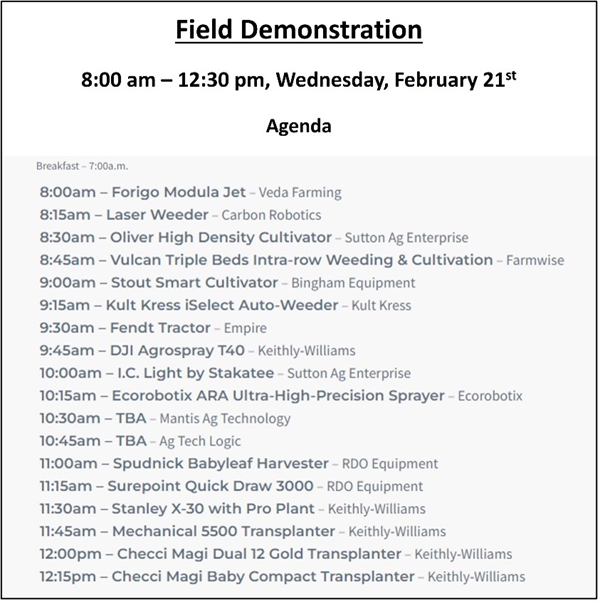
Fig. 2. 2024 Southwest Ag Summit Field Demo agenda. The event will be held at
Arizona Western College in Yuma, AZ.
This is lettuce..what do you think?:
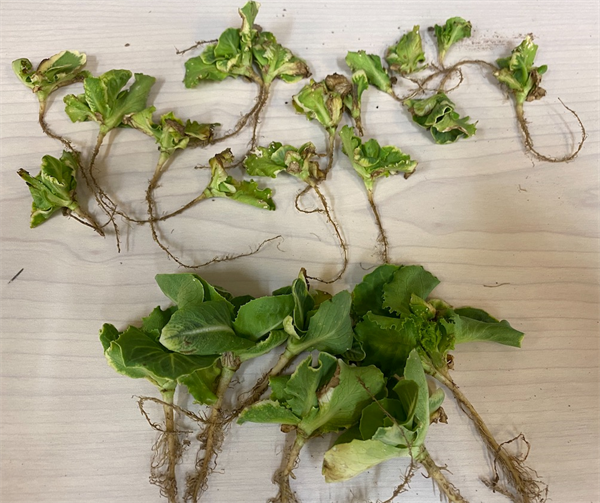
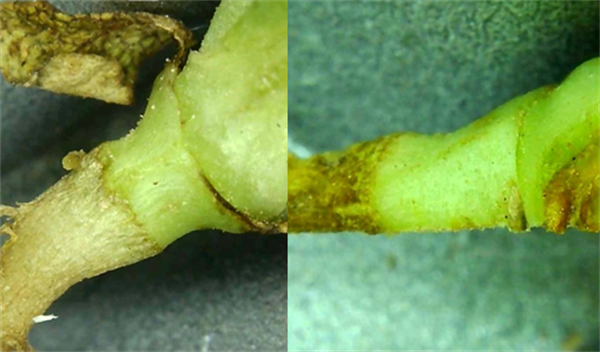
send your comments here: marcop@ag.arizona.edu
We Need Your Input!
The Environmental Protection Agency (EPA) is seeking public comment on its Draft Herbicide Strategy Framework to protect threatened and endangered species. The Strategy outlines proposed mitigations on agricultural herbicide use that could have significant impacts on production of field crops and specialty crops in the lower 48 states.
The Arizona Pest Management Center will submit comments to EPA to communicate the challenges and potential impacts of the proposed Strategy on our agricultural industries, but we need your help.
We need input from growers, applicators, pest control advisors, registrants and others on the feasibility of EPA’s proposed mitigations for Arizona production systems. If you are concerned about EPA’s proposed changes and willing to share your knowledge of what works in Southwest agriculture, your input could help make a difference.
Please consider responding to our online survey by clicking the link below. The survey takes around 12 minutes and is completely anonymous. The data you provide will only be used in aggregate to communicate local farming practices and concerns related to herbicide mitigations to the EPA. Taking this survey is also a good way to learn more about EPA’s specific proposed changes. Please respond by October 19.
Survey Link: https://uarizona.co1.qualtrics.com/jfe/form/SV_1QUBcXiIVgjFDHE
Thank you!